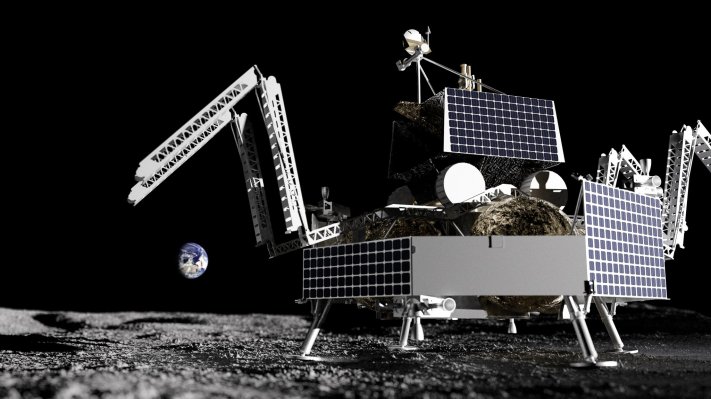NASA’s big mission to hunt for water on the moon has slipped by another year, to 2024, due to the agency requesting further testing of the lander that will deliver the payload to the lunar surface.
NASA selected Astrobotic as the commercial partner to develop the lander for this mission in 2020, through the agency’s Commercial Lunar Payload Services (CLPS) initiative. While Astrobotic is providing the lander, NASA is developing the rover, VIPER, in-house. VIPER, or the Volatiles Investigating Polar Exploration Rover, is tasked with observing and quantifying the presence of ice in the moon’s South Pole, and water underneath the surface.
“The additional tests aim to reduce the overall risk to VIPER’s delivery to the Moon,” NASA said in a statement Tuesday.
This marks the second time the mission has been delayed, after NASA officials said in 2020 that the additional time would be used for “upgrades” to the water-hunting rover.
The mission is a key part of NASA’s Artemis program, which in the short-term aims to return humans to the moon by the middle of the decade. The presence of water could be key in establishing the long-term presence of humans on the lunar surface, and could even play a role in human space exploration into deeper reaches of the solar system.
This is Astrobotic’s second CLPS contract. For the first, awarded in 2019 for $79.5 million, Astrobotic will use a separate, smaller lander, called Peregrine, to deliver payloads to the moon potentially this year. By way of comparison, Peregrine is a little over six feet tall and eight feet wide, with a 120-kilogram capacity. The lander used to deliver VIPER to the moon, Griffin, is double in height and nearly 15 feet long, with a 500 kilogram capacity.
VIPER will use nearly every bit of Griffin’s payload capacity, coming in at roughly the size of a golf cart and weighing 450 kilograms. To search for ice, NASA is equipping the robot with three instruments and a three-foot drill capable of analyzing lunar soil. The rover will be able to travel into permanently shadowed — and so very, very cold — regions of the moon. NASA confirmed the presence of subsurface ice back in 2009, but VIPER’s work will help map where that ice is located and its concentration.
Astrobotic will be receiving an additional $67.8 million for the tests, bringing its total contract value to $320.4 million. The company selected SpaceX to deliver the payload to orbit using a Falcon Heavy rocket.
